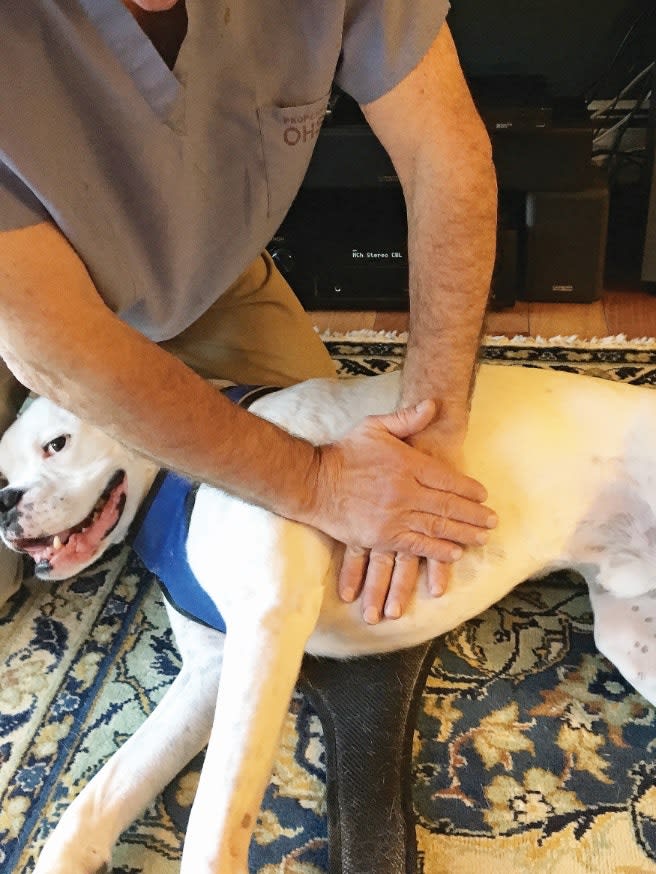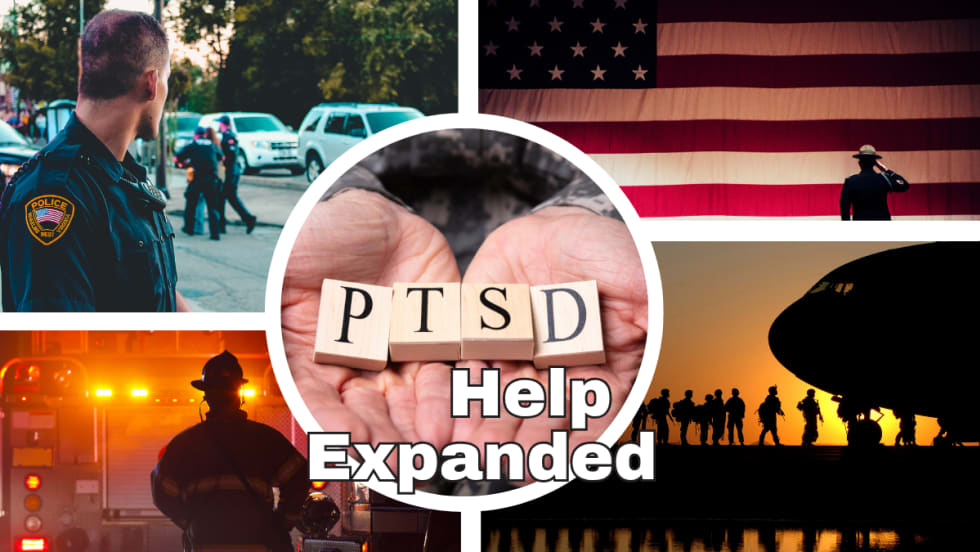The following is a review of first aid that handlers should know, starting with the basics and progressing to more advanced techniques. (See K-9 First-Aid Kit in box below for a list of supplies to carry.)
Allergic Reactions—These can happen to any dog even if no prior allergy has been seen. Most allergic reactions in working K-9s will stem from insect stings from yellowjackets, wasps, and hornets. Signs can range from hives and itching, to more serious signs such as difficulty breathing and collapse. Steroids and Benadryl are used to treat mild allergic reactions while severe anaphylactic reactions should be treated with epinephrine. The adult-size epinephrine injecting pen is roughly the correct dose for an 80-pound dog. If you have a working K-9 with a known severe allergic reaction to insect stings, consult with your veterinarian who could supply you with a source of injectable epinephrine for your K-9. Snake venom poisoning is geographically specific, so you should make sure you have the specific antivenin for your particular region.
Eye Injuries/Foreign Bodies—Simply having a mild irritation of the eye can be treated initially by flushing the K-9's eye with a sterile eye solution. Foreign bodies such as thorns that pierce the cornea should NOT be removed. Dogs with such piercing wounds should be transported immediately to emergency care. The penetrating foreign material has to be removed very carefully by a medical professional to avoid losing the normal pressures in the eye. Blindness can result from these wounds.
Dog Bites—If your K-9 is bitten by another dog, the wound should be flushed with chlorohexiderm or hydrogen peroxide. In general, these wounds are not sutured closed. You can consult with your veterinarian who will likely provide antibiotics and will need to do wound treatment.
Lacerations—Clean lacerations can be treated with stapling or bandaging and full treatment can be obtained after the K-9's job is done. However, hemorrhage or life threatening bleeding should be addressed immediately. To be prepared for these situations, handlers should become familiar with pressure bandages and the judicious use of temporary tourniquets.















